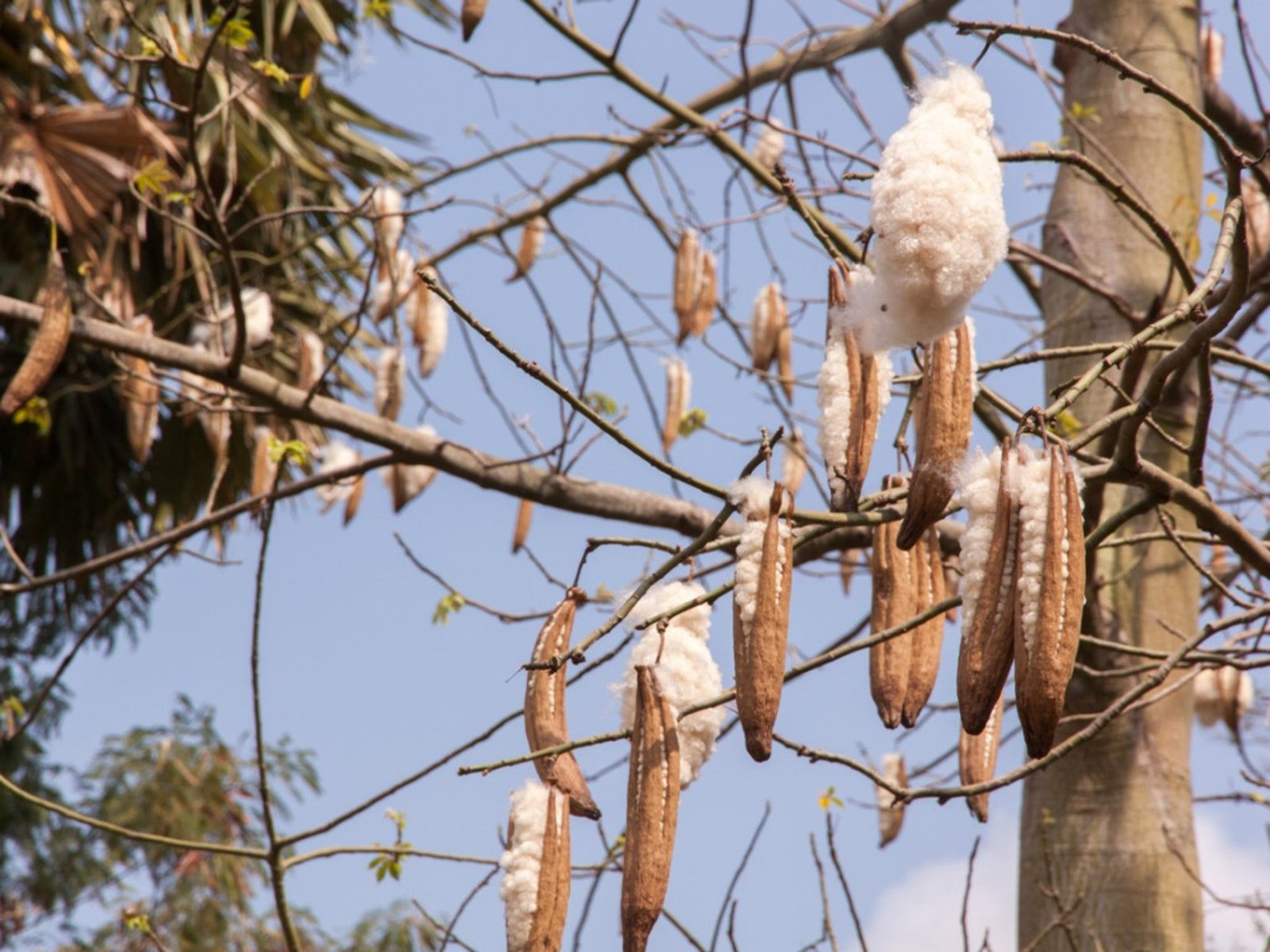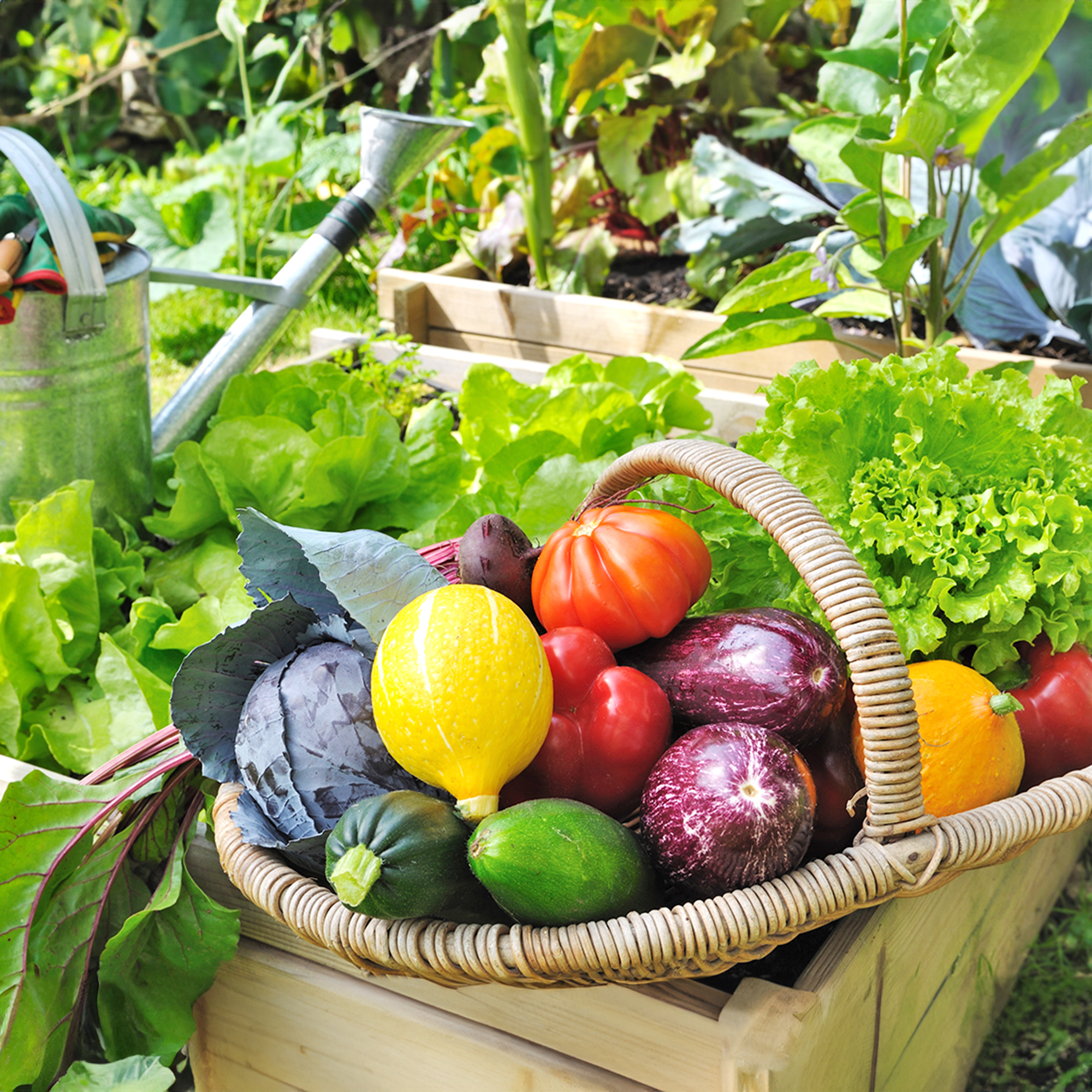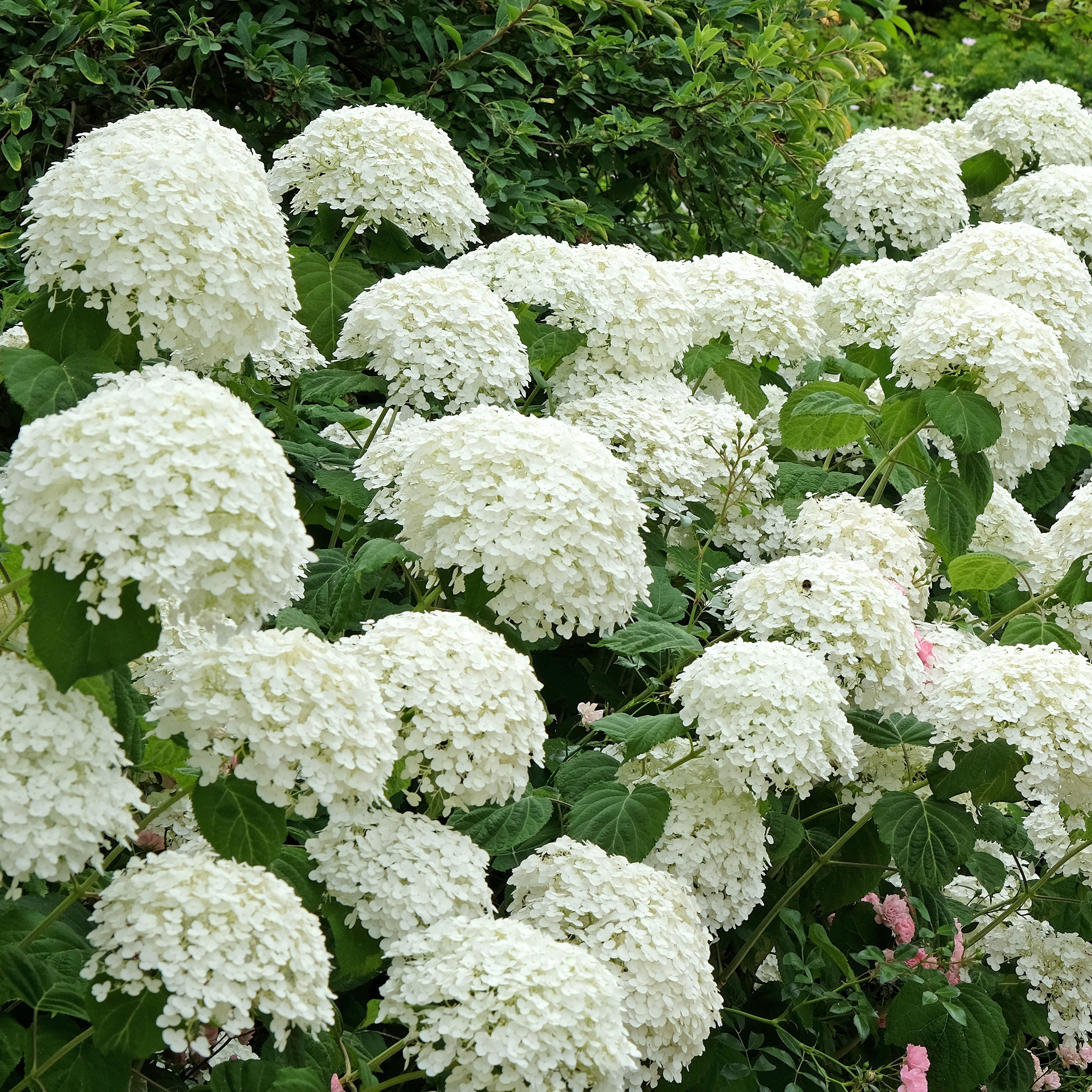Kapok Tree Pruning: Learn How To Prune A Kapok Tree


The kapok tree (Ceiba pentandra), a relative of the silk floss tree, is not a good choice for small backyards. This rainforest giant can grow to 200 feet (61 m.) tall, adding height at a rate of 13-35 feet (3.9 - 10.6 m.) per year. The trunk can spread out to 10 feet (3 m.) in diameter. The enormous roots can lift cement, sidewalks, anything! If your goal is to keep the kapok tree small enough to fit your garden, you have your work cut out for you. The key is to do kapok tree trimming very regularly. Read on for information about cutting back kapok trees.
Kapok Tree Pruning
Are you wondering how to prune a kapok tree? Trimming a kapok tree can be hard for a homeowner if the tree already scrapes the sky. However, if you start early and act regularly, you should be able to keep a young tree in check. The first rule of trimming a kapok tree is to establish one main trunk. To do this, you must start by cutting back kapok trees’ competing leaders. You need to remove all competing trunks (and vertical branches) every three years. Continue this for the first two decades of the tree’s life in your yard. When you are cutting back kapok trees, you’ll have to remember branch trimming too. Kapok tree pruning must include reducing the size of branches with included bark. If they get too big, they can spit from the tree and damage it. The best way to reduce the size of branches with included bark is to prune out some secondary branches. When you are kapok tree trimming, trim out secondary branches toward the edge of the canopy, as well as those with included bark in the branch union. Cutting back kapok trees’ low branches involves reduction cuts on those branches that will need to be removed later. If you do this, you won’t have to make large, hard-to-heal pruning wounds later. This is because the trimmed branches will grow more slowly than aggressive, untrimmed branches. And the bigger a pruning wound, the more likely it is to cause decay.
Gardening tips, videos, info and more delivered right to your inbox!
Sign up for the Gardening Know How newsletter today and receive a free copy of our e-book "How to Grow Delicious Tomatoes".

Teo Spengler is a master gardener and a docent at the San Francisco Botanical Garden, where she hosts public tours. She has studied horticulture and written about nature, trees, plants, and gardening for more than two decades. Her extended family includes some 30 houseplants and hundreds of outdoor plants, including 250 trees, which are her main passion. Spengler currently splits her life between San Francisco and the French Basque Country, though she was raised in Alaska, giving her experience of gardening in a range of climates.
-
 15 Best Vegetables To Plant In May For A Summer Bounty Of Fresh Homegrown Produce
15 Best Vegetables To Plant In May For A Summer Bounty Of Fresh Homegrown ProduceGet planting your dream garden with these best vegetables to start in May – including options for direct sowing, indoor seed-starting, and planting seedlings.
-
 Native Hydrangea Varieties In North America – 8 Sensational Smooth And Oakleaf Varieties For Hardy Blooms And Multi-Season Beauty
Native Hydrangea Varieties In North America – 8 Sensational Smooth And Oakleaf Varieties For Hardy Blooms And Multi-Season BeautyHydrangeas are beloved for their enduring visual dynamics – but if you go native, they’re even better. Here are the most captivating native hydrangea varieties you can grow